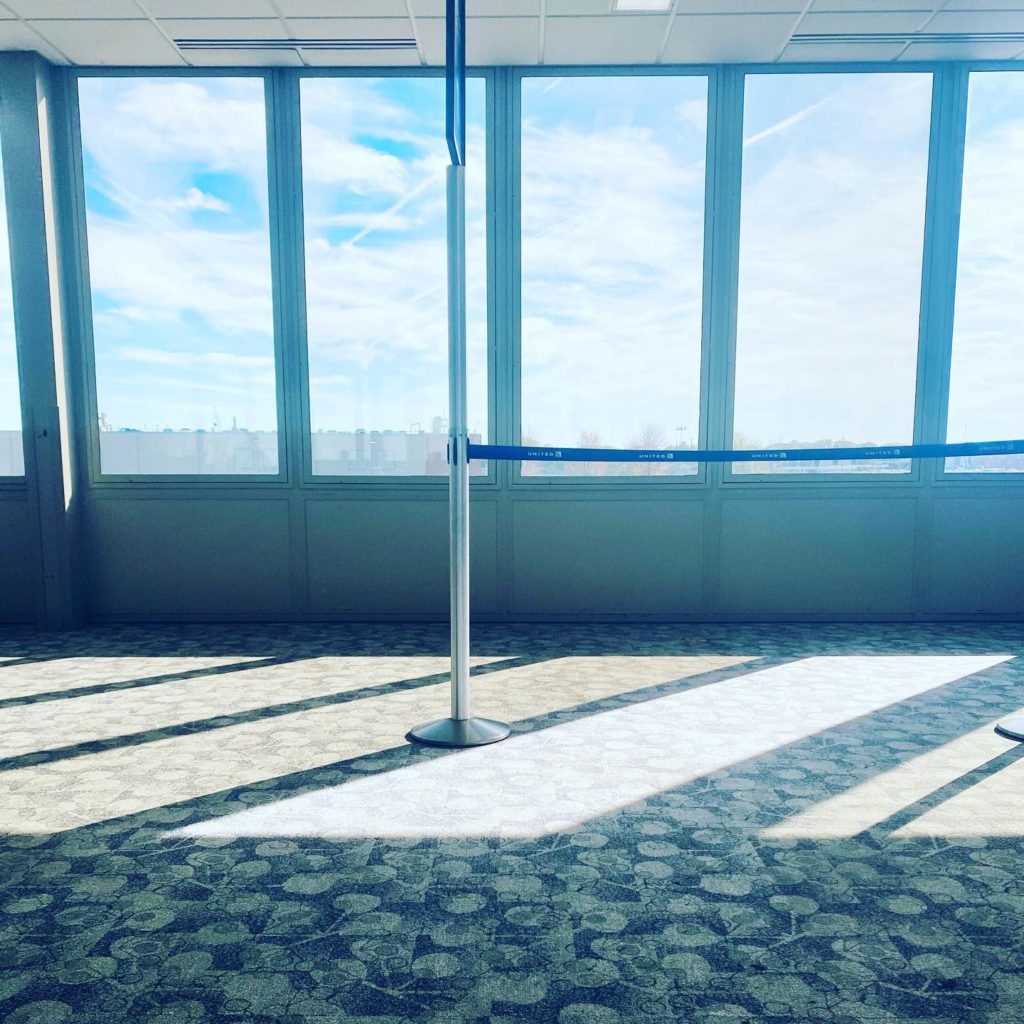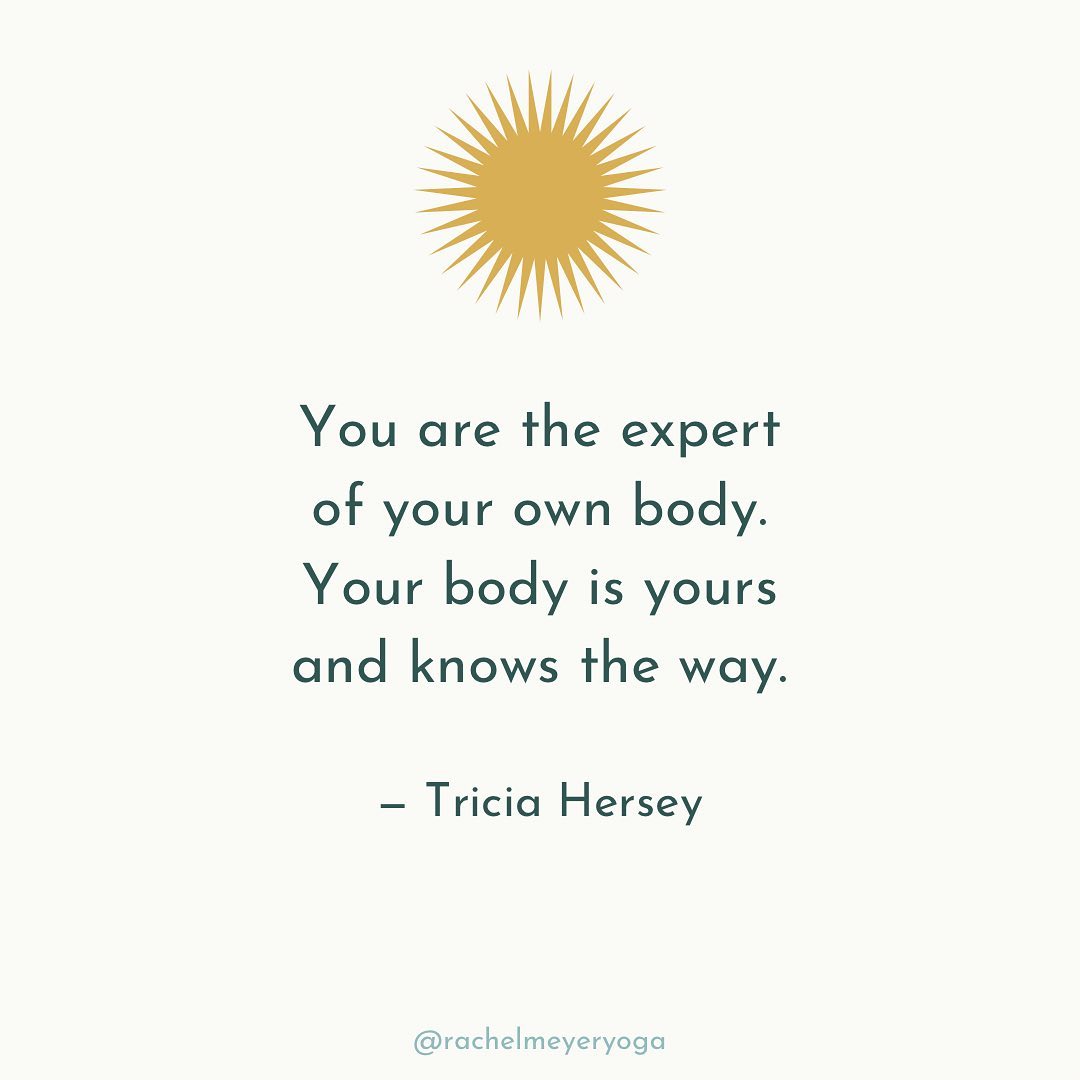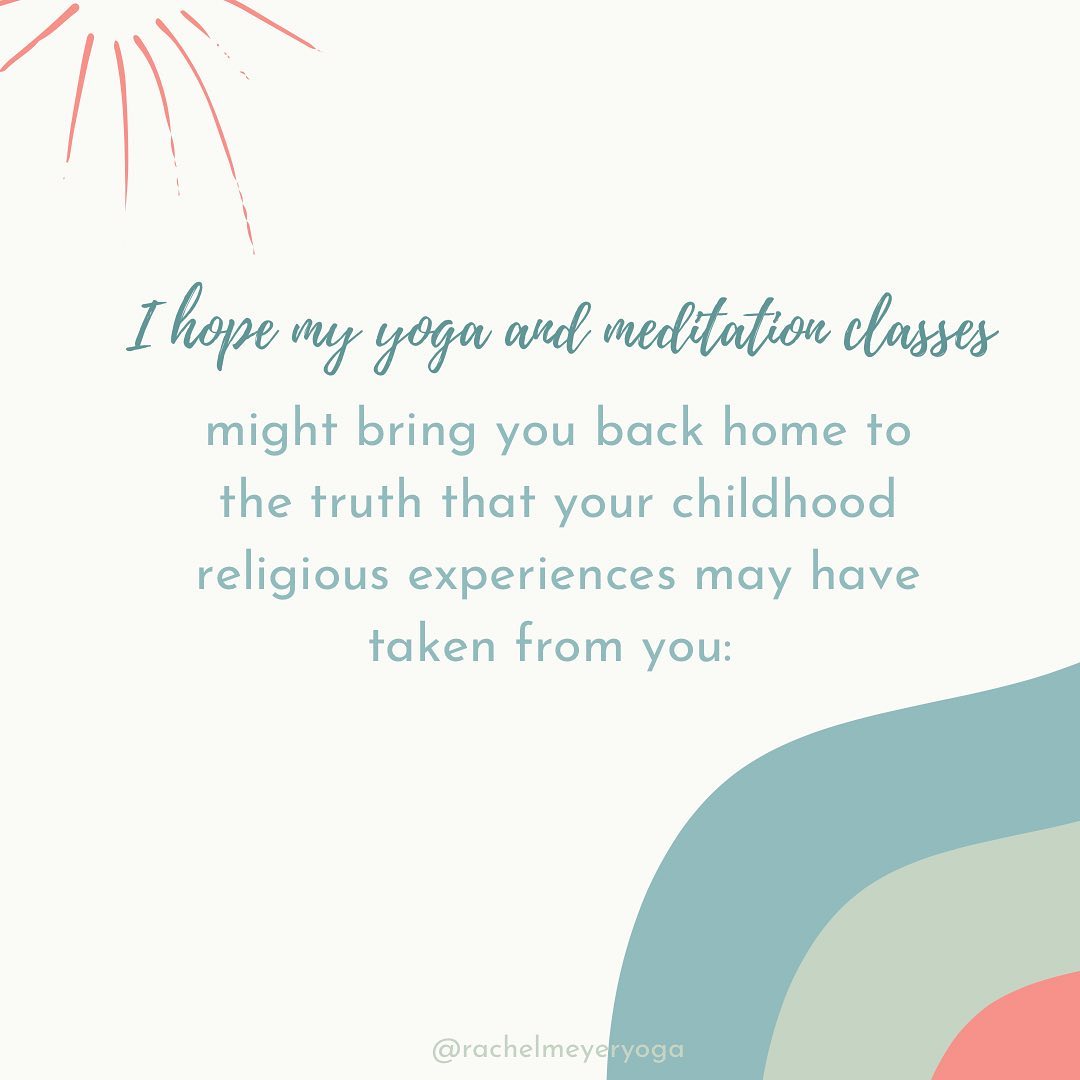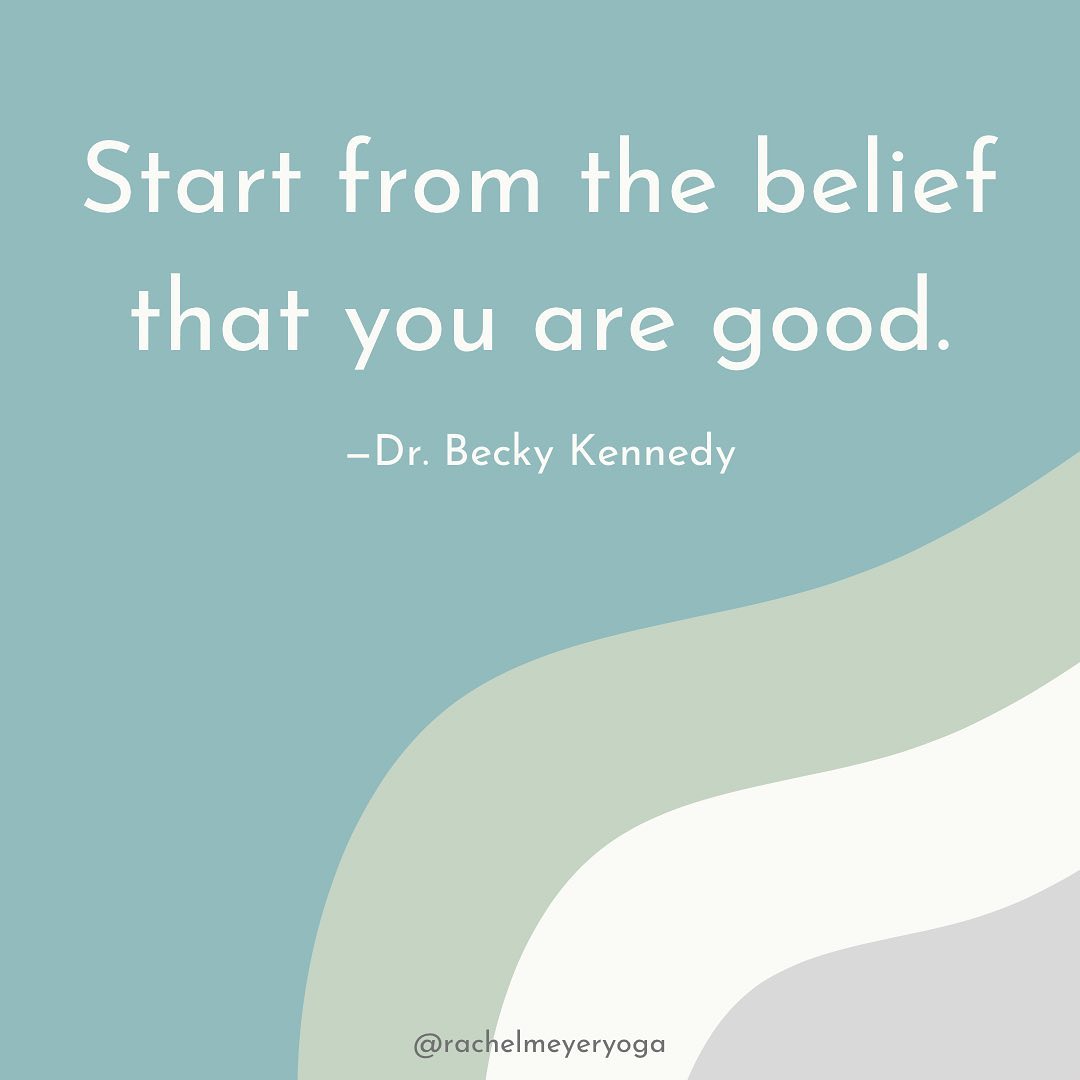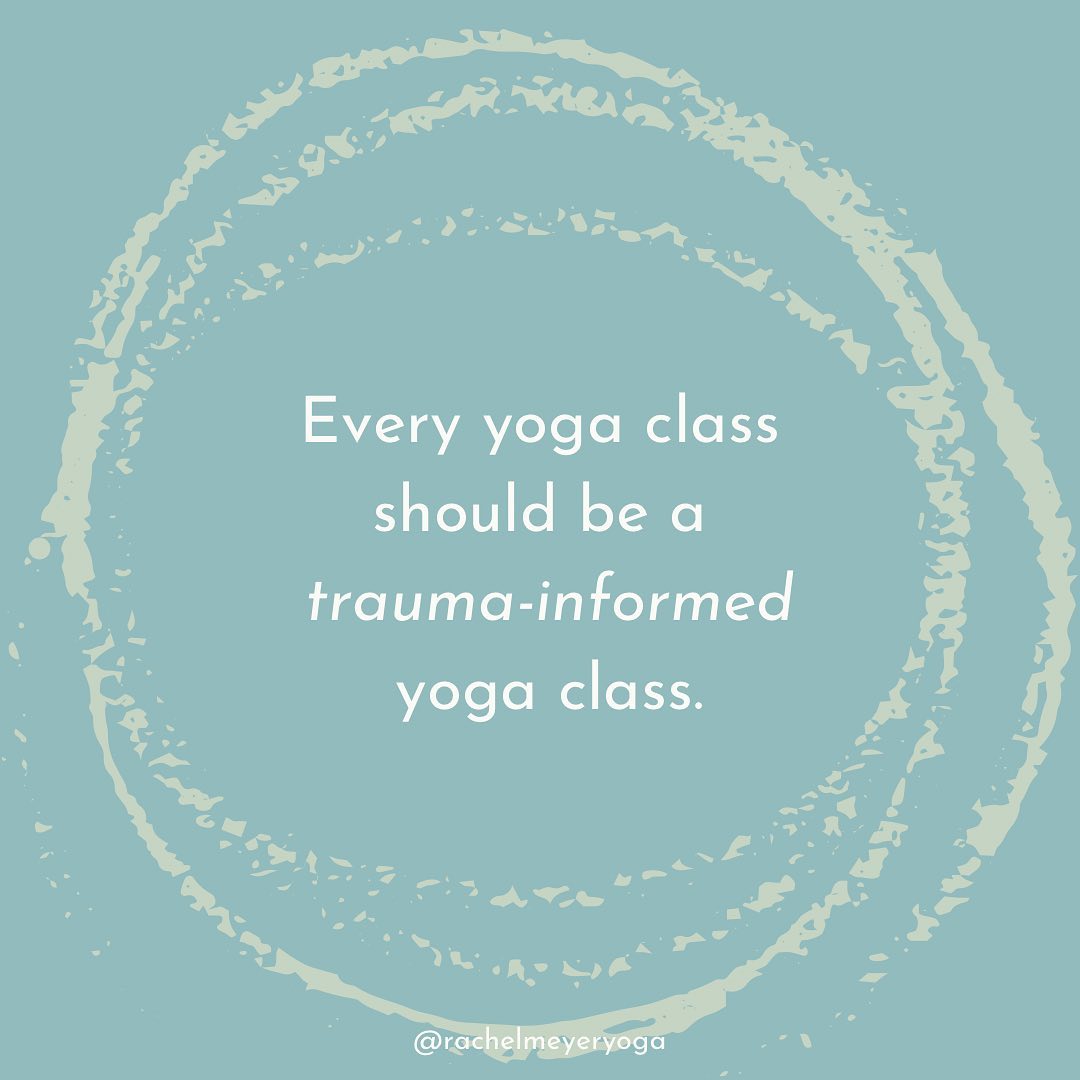I had a six-hour layover in Chicago, so did what any yoga teacher would do: wandered the terminal until I found a deserted corner and then plopped my ass on the floor for a few surreptitious stretches. Ahhh. A necessary balm for the 21-hour journey.
Des Moines International was quieter. The tiny airport felt like all sky, and old carpet, and silence.
I was in Iowa last weekend, unexpectedly, for a heartbreaking family funeral. There is immeasurable suffering in the world right now — Gaza, Israel, Maine — but this slice of heartbreak was particularly tragic, for its youth. I was so grateful to be able to make the trip, and to spend hours in community and conversation with my family — in the same time zone, for once.
Distance from loved ones is one of the hardest parts about living abroad. I think there’s a perception that expat life is all roses, all the time; so many people have casually remarked about our “life in paradise” over the years. It is often wonderful, yes. And I know I’ve subconsciously not shared a lot about our life here in Switzerland out of fear of people resenting me, especially in those first few years when Trump was still President and we had managed to escape, when so many others wished for the same and couldn’t.
But this is one hard thing. Wanting to be with your people when they’re suffering, and being so damn far away. I was fortunate to be able to return this time around. But I feel increasingly aware of those inevitable realities of life that Buddhist teachings highlight so clearly: illness, aging, and death. They come for all of us. And they are as much a part of life as the highlight-reel moments.
Yoga and meditation are practices designed to work with suffering, both in body and mind. They’ve been largely co-opted by Shiny Happy People wearing stretchy workout gear and spouting bullshit about abundance and manifestation. But thankfully, these practices go so much deeper than that.
I love how portable they are. A towel on the hotel room floor for a yoga mat. Legs up the wall in Terminal 5. Box breathing on the plane.
Atha yoga anusasanam. Now is (always) the time for the yoga to begin.
